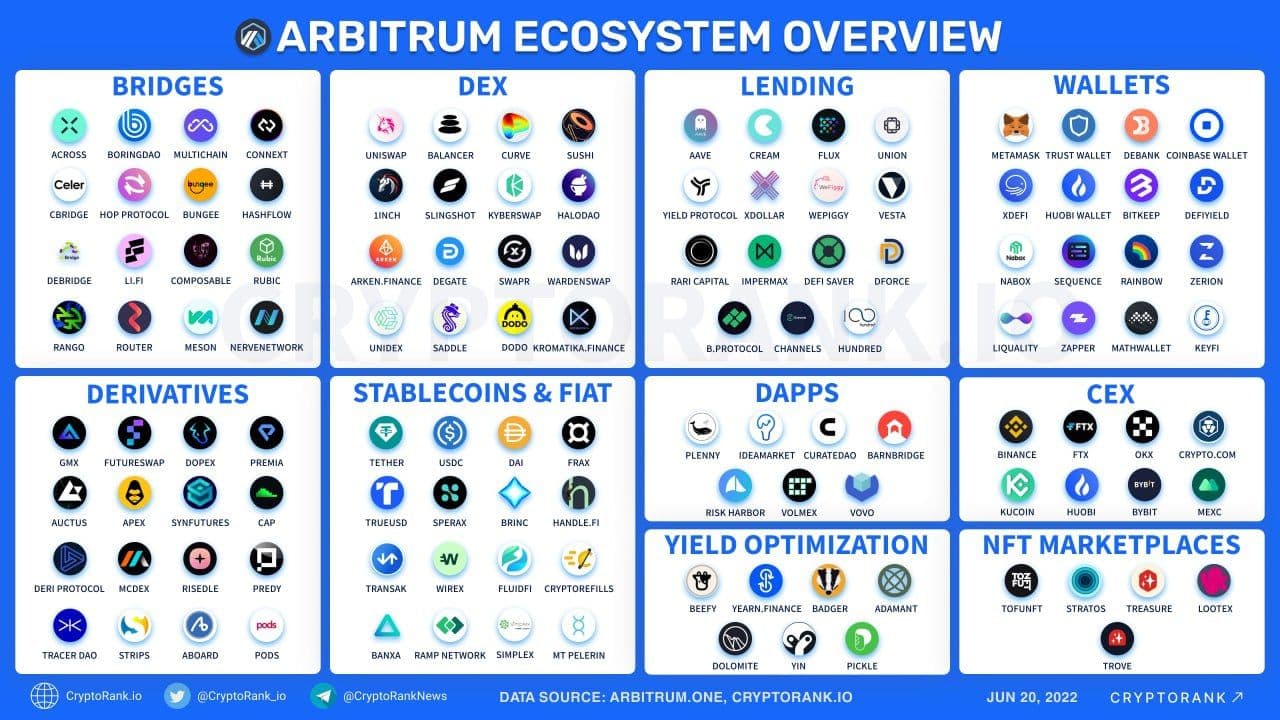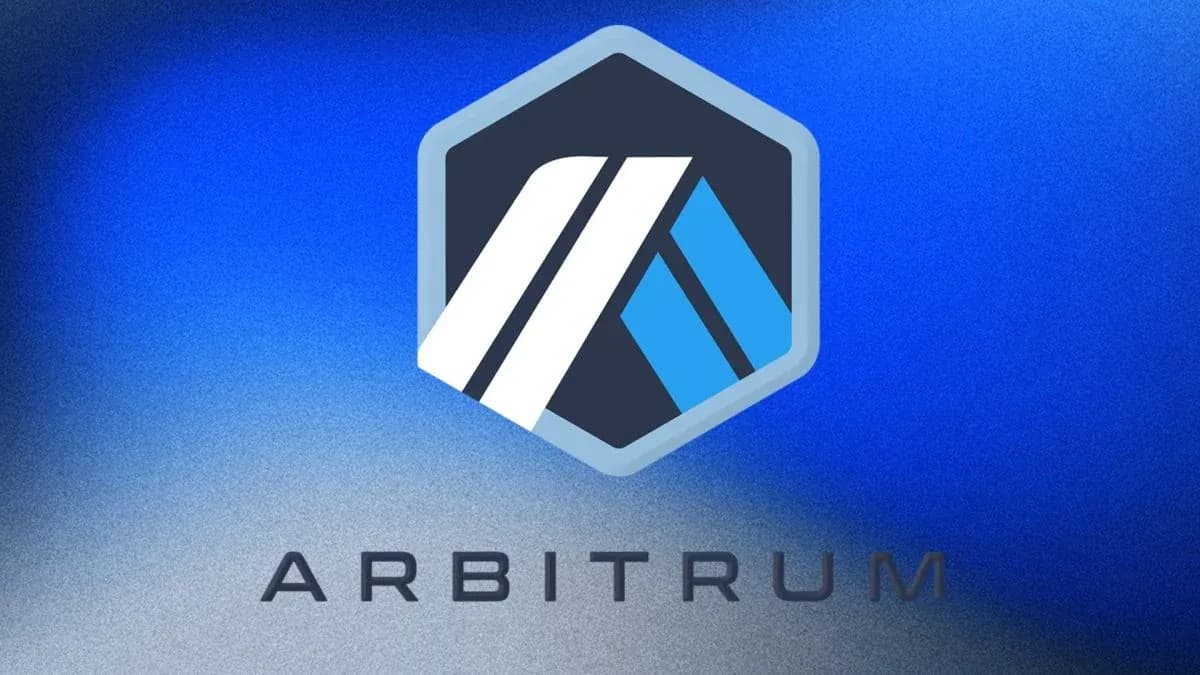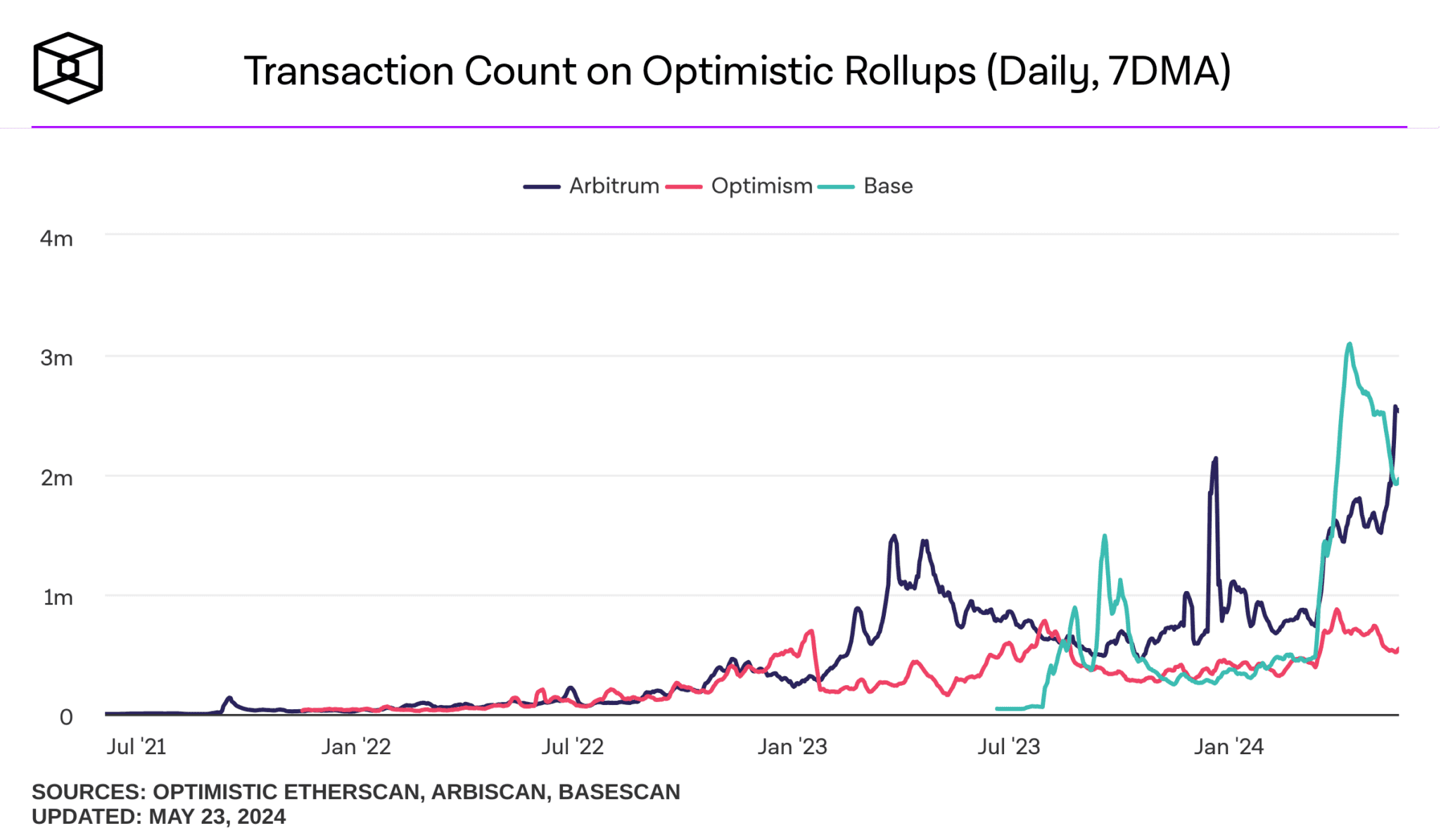Huddle01 is establishing a new foundation for real-time communication in the web3 space. While many applications focus on users already familiar with blockchain, Huddle01 is approaching the challenge from a different angle. The platform aims to serve a broader audience by providing communication infrastructure that does not rely on centralized platforms such as Zoom or Google Meet. Instead, Huddle01 offers a decentralized, peer-to-peer alternative that aligns with the principles of trustlessness, user ownership, and global access—core values of the web3 ecosystem.

Huddle01: A Communication Layer for Web3
About Huddle01
Huddle01 operates as a DePIN (Decentralized Physical Infrastructure Network), supporting audio and video communication through a network of geographically distributed nodes. These nodes are active across regions including Europe, Singapore, Asia, and both the West and East coasts of North America. The network facilitates real-time meetings without depending on centralized servers, ensuring greater transparency and security.
Since its launch, Huddle01 has hosted over 5.7 million minutes of meetings through its native platform, Huddle01 Meet, which currently serves more than 23,000 users. Its architecture resembles traditional online meeting tools in function but differentiates itself by using decentralized routing. Instead of cloud infrastructure like AWS, meetings are supported by over 2,000 nodes contributing more than 100,000 Mbps of bandwidth. According to Ayush Ranjan, co-founder and CEO of Huddle01, around 700,000 tHUDL tokens have been distributed to node operators, reinforcing community-driven participation.
Use Cases Beyond Communication
The platform is preparing to enter its Testnet Phase 2 on April 10, 2025. This phase is focused on stress-testing the infrastructure to support high-bandwidth, low-latency applications beyond standard communication. Targeted use cases include real-time gaming, real-time finance, and real-time artificial intelligence. Ranjan noted that Huddle01 has already demonstrated the scalability of its infrastructure, having hosted approximately 8 million minutes across its app and software development kit (SDK).
Choosing Arbitrum for Performance
Huddle01’s decision to build on Arbitrum was based on the need for a blockchain environment that supports low-latency finality, low gas costs, and a customizable development framework. Arbitrum met these criteria while also offering access to Stylus, the platform’s WebAssembly (WASM) virtual machine. Stylus allows developers to write smart contracts in languages such as Rust and C++, which are more suitable for latency-sensitive applications.
According to Ranjan, the ability to use Rust and C++ enables Huddle01 to combine the performance expectations of web2 applications with the trust guarantees inherent in web3 technologies. This flexibility is especially important for communication networks that require both speed and decentralization. Arbitrum’s modular architecture further supports Huddle01’s ability to tailor its network to specific needs, while its low transaction fees help ensure that the system remains economically sustainable. Additionally, being part of Arbitrum’s extensive and active ecosystem offers opportunities for integration with existing decentralized finance (DeFi) projects.

Arbitrum Ecosystem
Building Sustainable Infrastructure
Huddle01 is demonstrating what can be achieved when decentralized infrastructure is combined with a product that addresses a core need in the web3 space. By focusing on real-time, decentralized communication, the project has created a tool with practical utility. Its nomination as the potential official meeting platform for ArbitrumDAO is an indication of its relevance and adoption within the community.
None of this development would be possible without the foundation provided by Arbitrum’s technology. For DePIN projects aiming to move beyond experimentation and towards real-world deployment, Arbitrum presents a well-suited environment. Its combination of performance, low costs, and developer-friendly tools enables projects like Huddle01 to focus on building functional, scalable infrastructure that supports the broader goals of blockchain.


